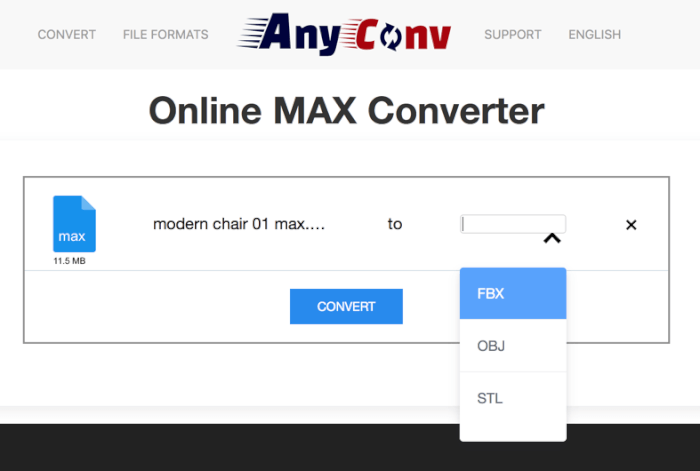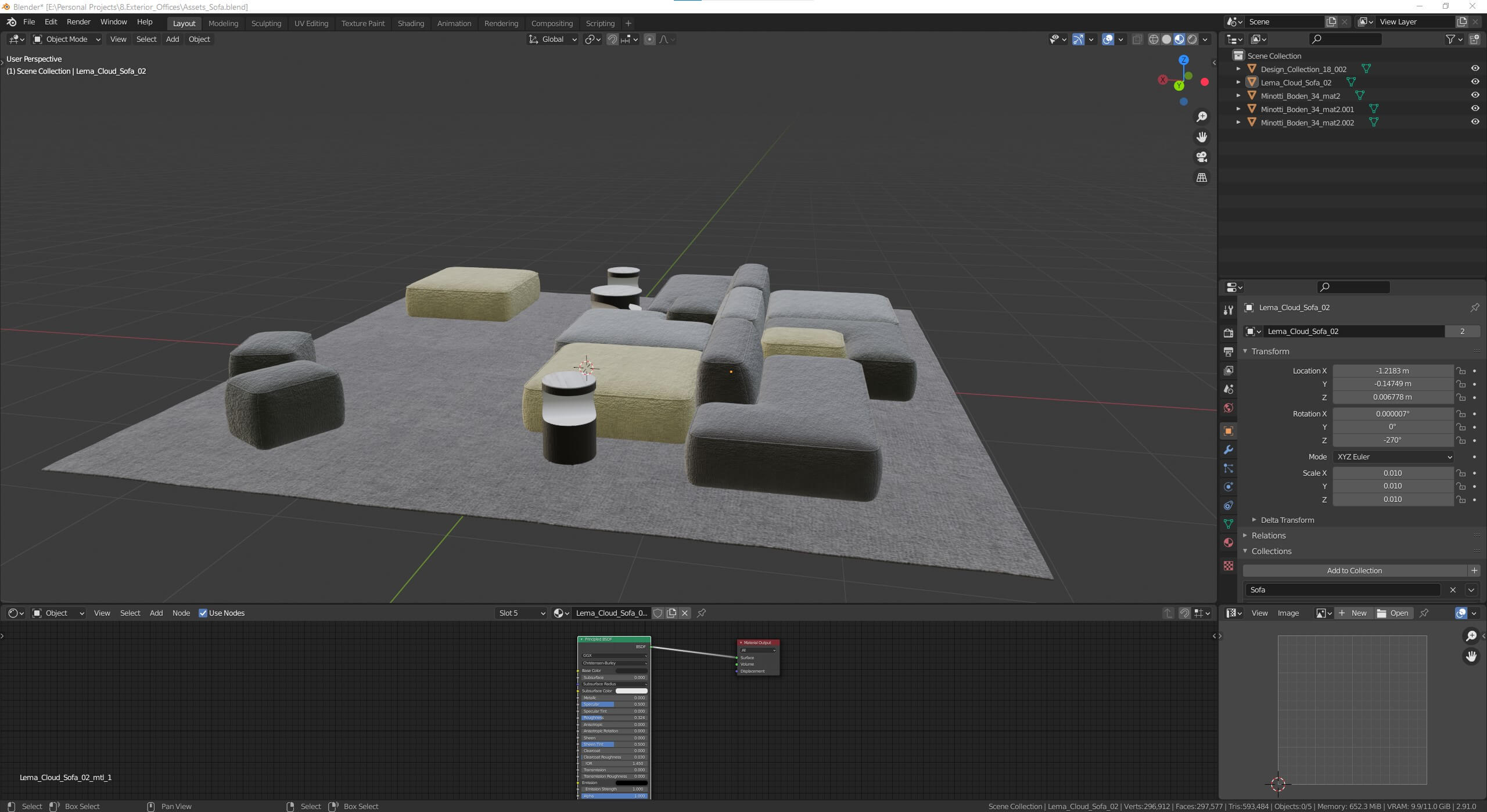Bricscad Python Download

Bricscad Python Free

Python interface to DXF. Contribute to mozman/ezdxf development by creating an account on GitHub. Friendly CAD application like BricsCAD, you can let the CAD. Download pyNETVARS for free. Python module for network variables for CoDeSys PLCs. CoDeSys v2.3 supports so called network variables. Blocks of (global) variables, that propagates over networks like TCP, UDP or UDP Multicast aso. FreeCAD is written primarily in C, and if you're a Python coder you'll want to take advantage of the ability to extend and automate FreeCAD using its Python interface. FreeCAD can import and export from a variety of common formats for 3D objects, and its modular architecture makes it easy to extend the basic functionality with various plugins. Procedure: Activating the Python environment in BricsCAD Open a new or a BricsCAD file where you would like to run a Python script. Access the Settings dialog box. Tick the box where it says ' Activate Python ' under the General subcategory within BIM. Close the dialog box to confirm your updated. Commands: PEDIT and PEDITEXT The Edit vertices option of the Pedit command modifies individual polyline vertices. When you select this option, the program switches into a special vertex editing mode and places an X on the first vertex.
Bricscad Python
Comments
Bricscad Python Tutorial
- Hi Mike,
if you mean shp files from ESRI, it is not possible to insert them into BricsCAD. Also not in the lates release.
You will need a third party application. For example Spatial Manager. See Application catalogue.
Regards
Mustafa - Another great option for working with ESRI shape files is QGIS. It is simple to load shape files (vector layers) and export to DXF. You can output all to a single layer or have the layer be based on an attribute value. Look at the menu commands Layer | Save As and Project | DXF Export. You can even transform between different coordinate reference systems.
QGIS is becoming quite powerful and easy to use. Scripting with python too. It is an excellent tool in the toolbox. - I have previously used QGIS to save the files as a DXF file. I have just started using Mapworks from Dotsoft to import SHP files directly. i did this mainly to avoid multiple copies of files, plus Mapworks has plenty of other useful features that I will utilise.
- I'm in the same place as Brian. We're using Mapworks from Dotsoft in BricsCAD v15 and AutoCAD to import the SHP files.
It's faster and easier to use than MAPIMPORT in AutoCAD Map.
It includes capabilities to manage and edit the data after it is imported into BricsCAD.
It generates labels based on attribute data.
You can also change properties of the linework, like elevation and layer, based on attribute data. - edited August 2019Another great option for working with ESRI shape files is QGIS. It is simple to load shape files (vector layers) and export to DXF. You can output all to a single layer or have the layer be based on an attribute value. Look at the menu commands Layer | Save As and Project | DXF Export. You can even transform between different coordinate reference systems.
QGIS is becoming quite powerful and easy to use. Scripting with python too. It is an excellent tool in the toolbox.I'm working with some countywide GIS data in QGIS, and the files it's creating are large enough that they're bogging BricsCAD down. A large part of this appears to be the hatches it adds to closed polylines. Is there a way to have it skip the hatches either on import or on export?
Hello,
You may be interested in taking a look at 'Spatial Manager':
http://www.spatialmanager.com/spm-forbricscad/
http://www.spatialmanager.com/tag/import/We hope you like it
The Spatial Manager Team


